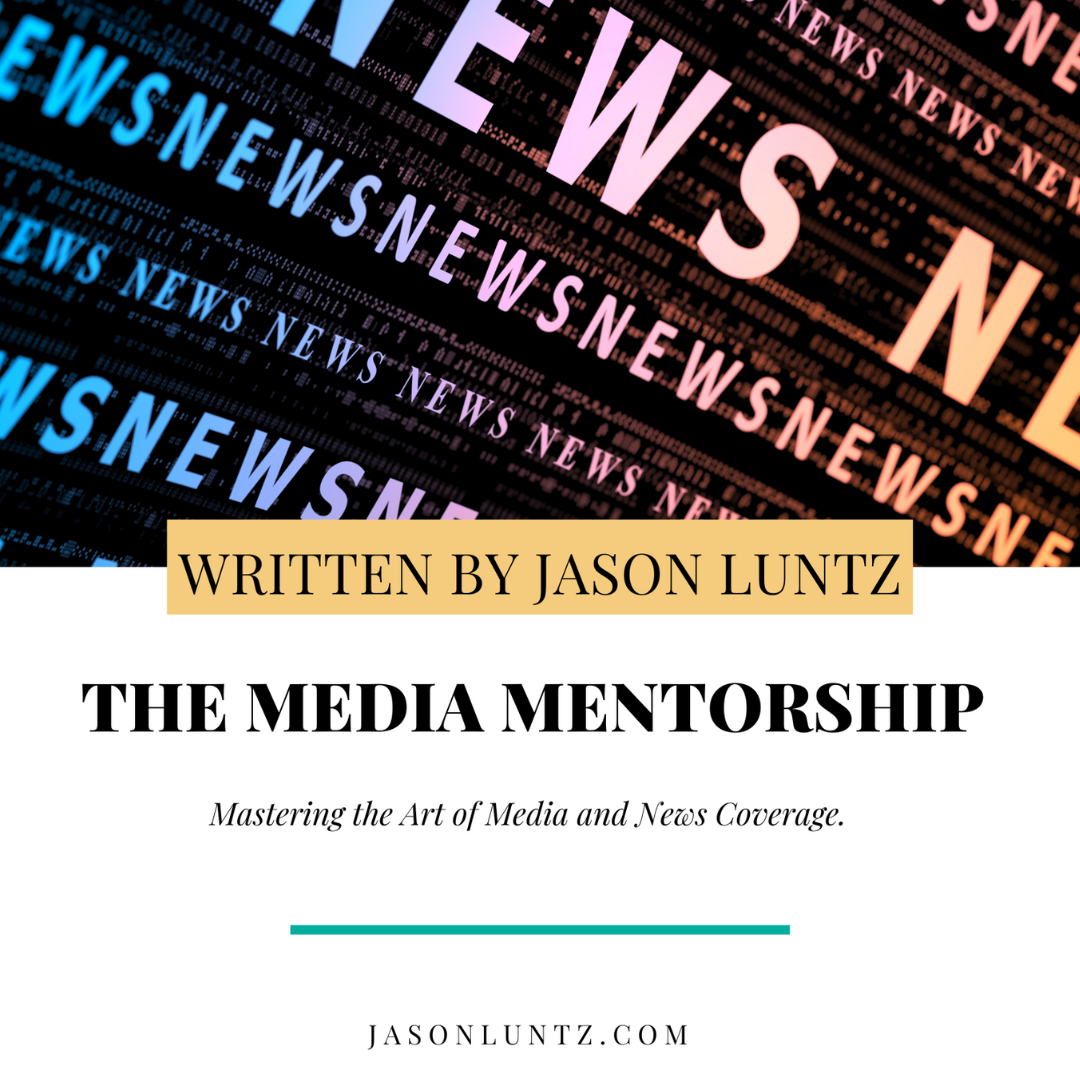In an effort to advance racial equity and revise New York City’s Charter, the city’s Racial Justice Commission has released its interim report, aimed at producing ballot initiatives for the Nov. 8, 2022 general election.
If approved by voters, they would become law. That would change the City Charter, which governs how New York operates.
Established by Mayor Bill de Blasio in March, the commission wants to eradicate systemic racism. It began by asking New York City residents to share experiences of inequality in housing, transportation, healthcare and education.
Its report, issued Thursday, identifies six patterns of inequity where New Yorkers say structural racism persists.
“The commission will examine the NYC Charter to identify barriers to power, access and opportunity for black, Indigenous, Latinx, Asian, Pacific Islander, Middle Eastern and all people of color in New York City … to address the underlying causes of racial injustice …,” the report says.
“Communities know what they need, Our job is to listen and translate their concerns into recommendations for structural change,” said Henry Garrido, commission vice chair.
The six patterns of inequity are:
1. Inequity in quality services that promote social and emotional well-being
2. Inequity in work, advancement and wealth building
3. Inequity within and across neighborhoods that inhibits thriving individuals, families and communities
4. Marginalization and over-criminalization of BIPOC [black, Indigenous, people of color] persons and communities
5. Inequity in representation in decision-making
6. Enforcement and accountability of government and entities.
The input sessions were open to the public and attracted 260 attendees, of which 104 testified. The commission heard nearly 34 hours of testimony, which helped shape the initial six categories. It also held 50 one-on-one interviews and drew more than 1,100 online submissions.
Changing the system
Additional public sessions are scheduled through December, when a final report will be issued.
“When people look at the report and ultimately the final report, as well as the ballot proposals, they may not see a specific program or policy idea they put forward,” said commission chair Jennifer Jones Austin. “But by using the six themes, our effort is to try to capture the essence of what they’re speaking to.”

De Blasio’s mission statement for the commission was to propose structural changes and policy reforms that advance justice and equity and dismantle structural racism for all New Yorkers.
Examples of structural change, the report says, are transforming how government uses power to make decisions; redefining the relationship between government and society; eliminating contradictions between the values of people, and addressing outdated values that do not honor the reality that New York City is a diverse, multiracial city.
Patterns address inclusive concerns
Among the issues the commission seeks to address from the “patterns of inequity” are: a lack of quality education for diverse people; lack of access to affordable housing; and a scarcity of mental health services or coordinated care.
The list includes the inequitable distribution of resources, inferior facilities and land use, and a lack of community ownership and control.
The patterns also seek to address inequity in employment opportunities, lack of economic mobility, insufficient preparation for the future and a lack of access to capital and similar resources.
Over-criminalization, inequity in representation and decision-making are among the elements that contribute to systematic discrimination. They can be based on race, disability, gender identity, criminal history, source of income, immigration status and more, the report said.
Ballot proposals
“The next step is we’re going to confirm whether these six areas fully document what people are experiencing, while the commission staff works on potential solutions,” Austin said. “We’re trying to … tie it back to how the charter can do a better job of helping meet New Yorkers’ needs to bring about greater racial equity.”
In addition, the commission will offer a road map to racial justice with suggestions for city, state and federal agencies to implement.

Most of the commission members have dedicated their lives to seeking racial justice.
Austin, CEO of the Federation of Protestant Welfare Agencies and daughter of civil rights activist the Rev. William Augustus Jones, Jr., said: “Hearing a woman of color share her story to the commission appointed by a government leader, I thought it was Earth-shifting. It was a current employee who found her voice to speak about the continuing injustice in her work setting.”
Commission chair Garrido said: “It became loud and clear that the work we’re doing will affect people’s lives, not just from the perspective of economics, but their actual livelihood.”
Chris Kui, a commission member and former executive director of Asian Americans for Equality, said structural racism impacts all ethnicities.
“Asian Americans are not perceived as leadership potential, only for the technical aspects of a job. It’s an example of how these experiences are shared by everybody,” he said.
Austin is confident that the proposals, if passed, will create long-term change.
“We’re going to call what racism and discrimination looks like and what it has done here in New York City as it has persisted year after year,” she said. “That’s a big and bold step, because never has there been a government-appointed commission that has spoken this truth and made it part of the legal record of this city.”
Said Garrido: “We’re looking to put a bulldozer to structural racism in our city.”
Edited by Fern Siegel and Judith Isacoff
The post New York Racial Justice Commission Reveals Critical Findings As It Battles Discrimination appeared first on Zenger News.






